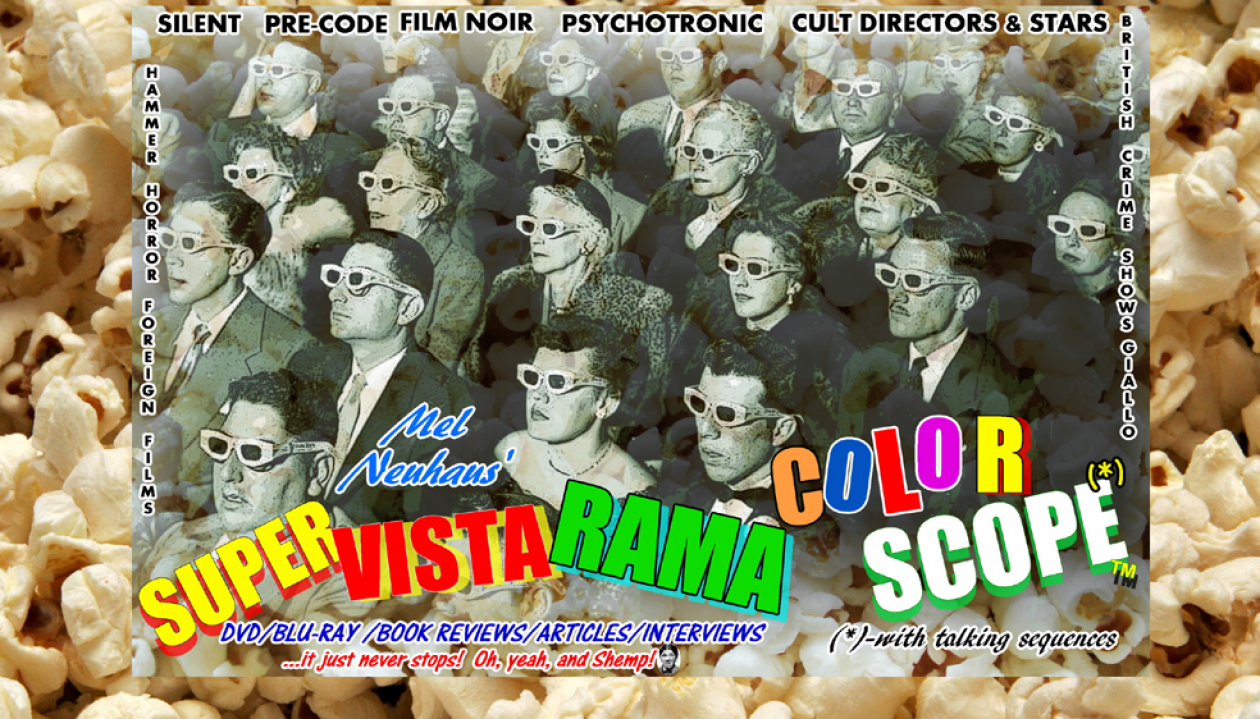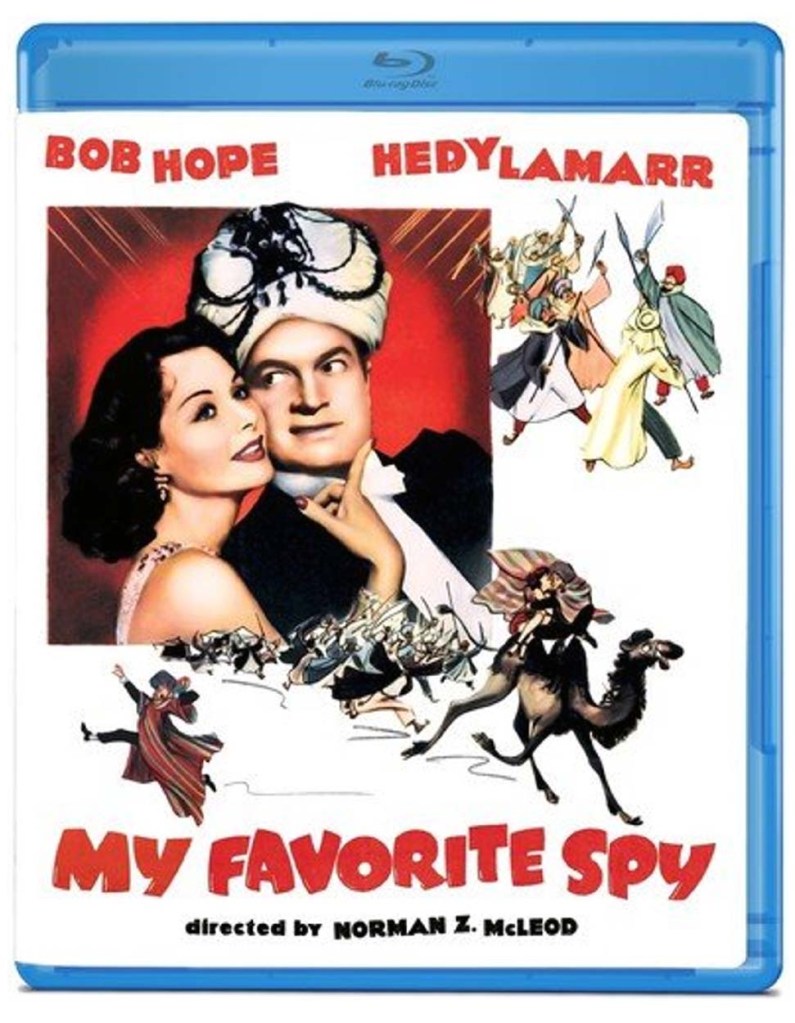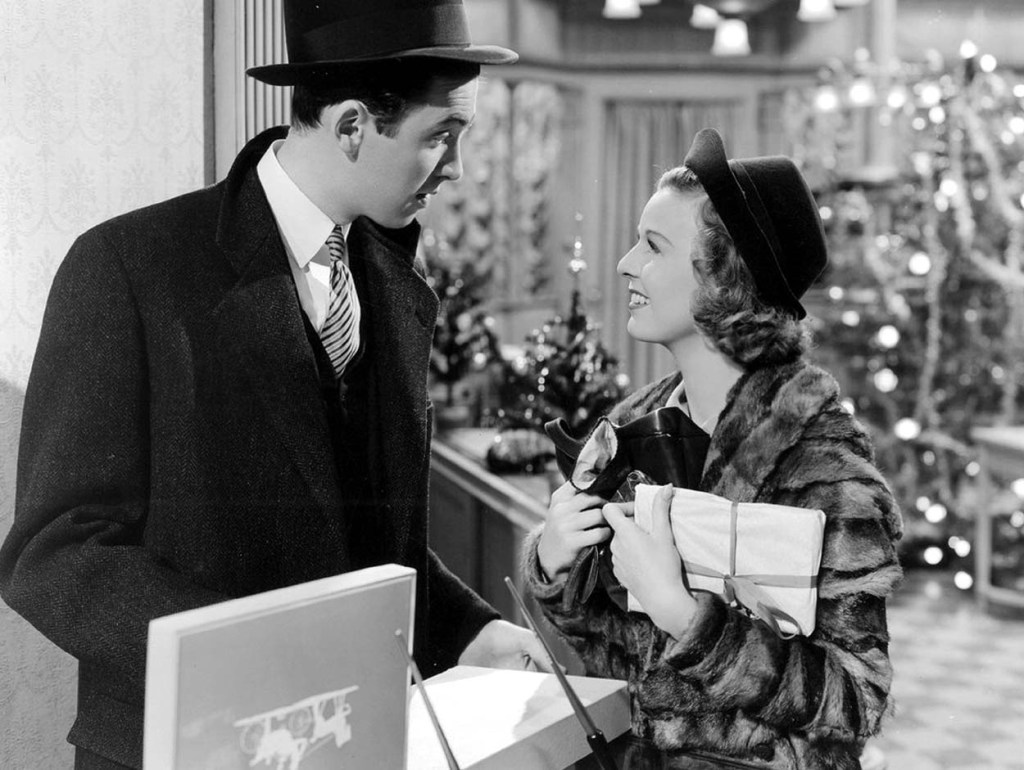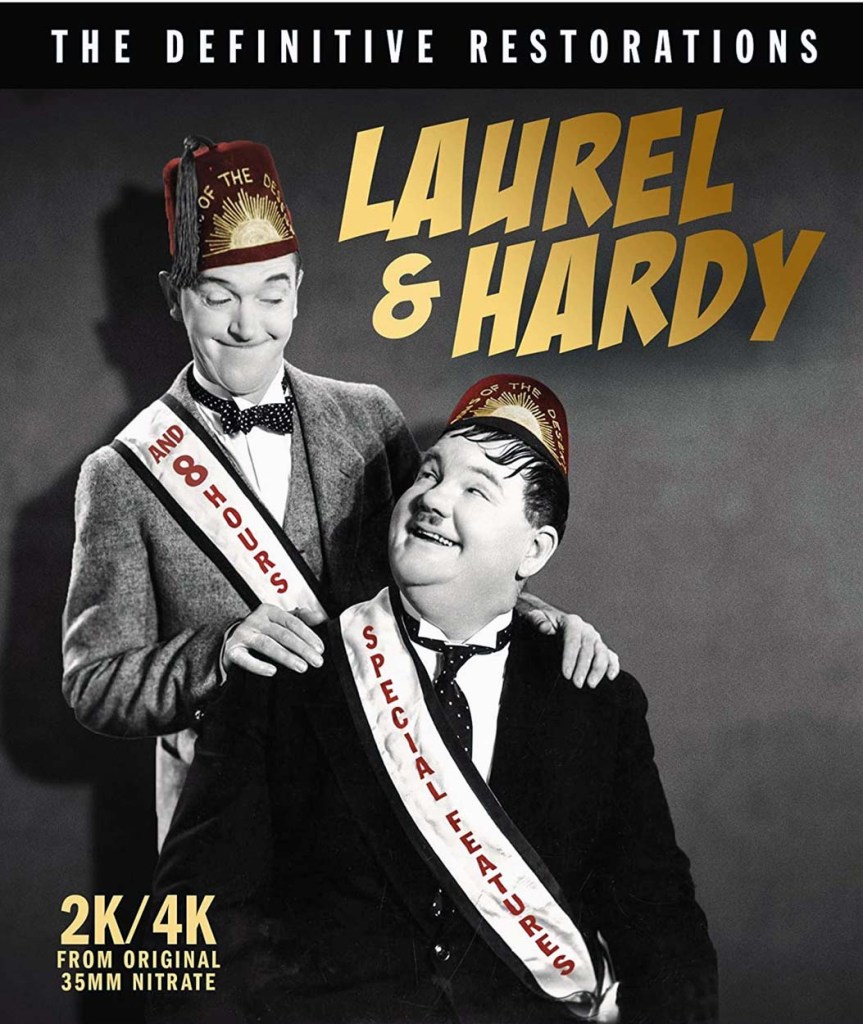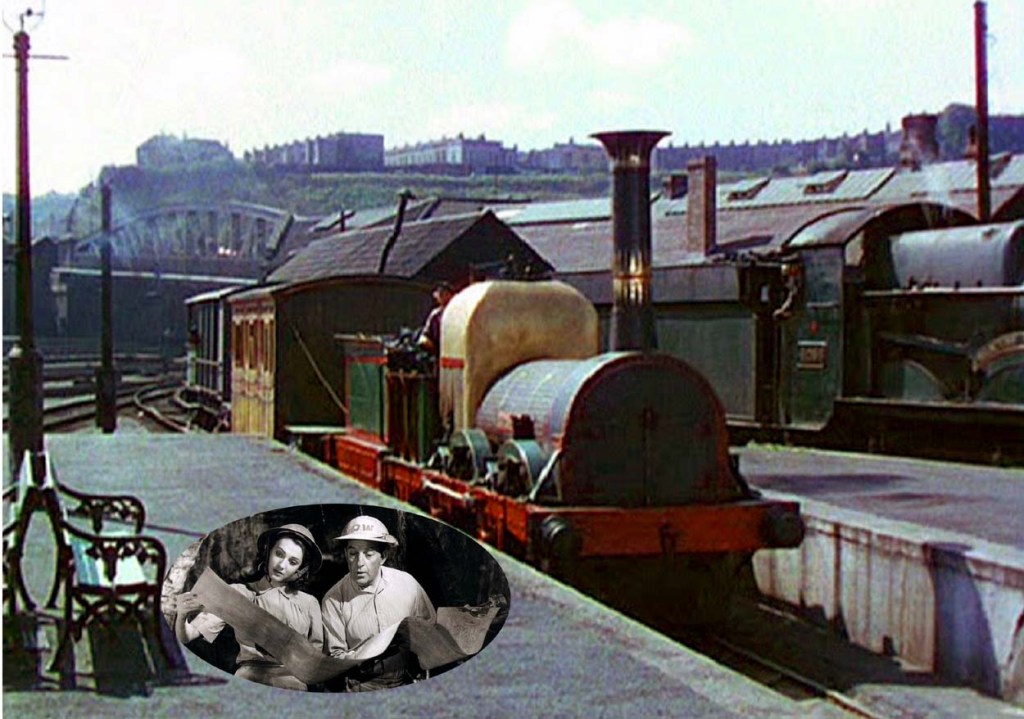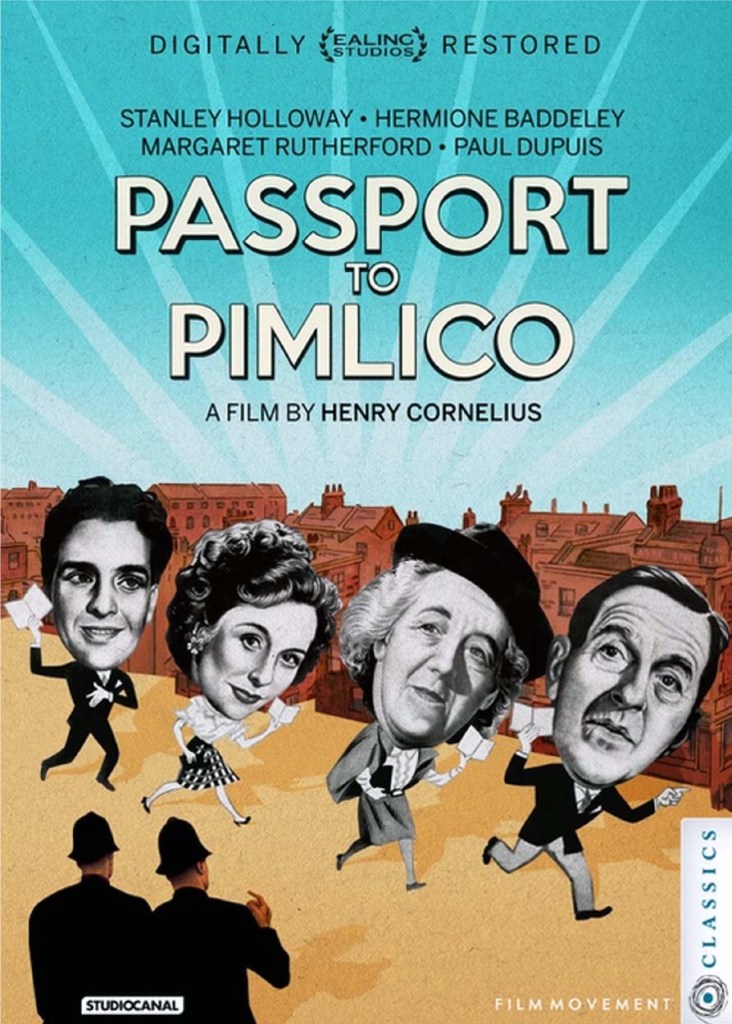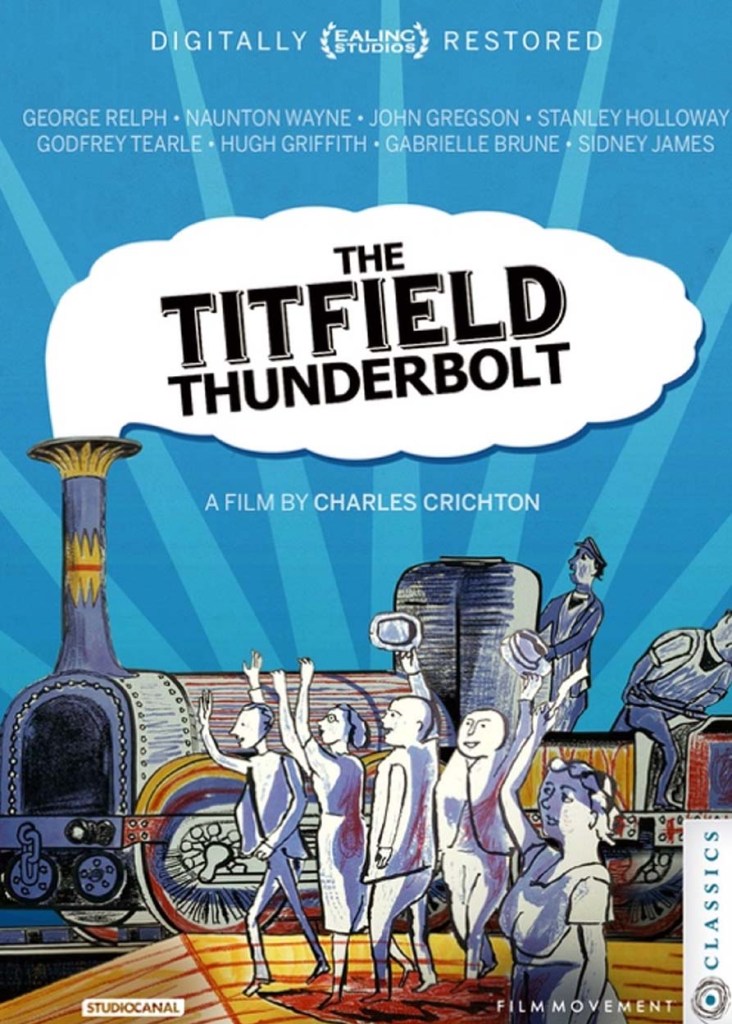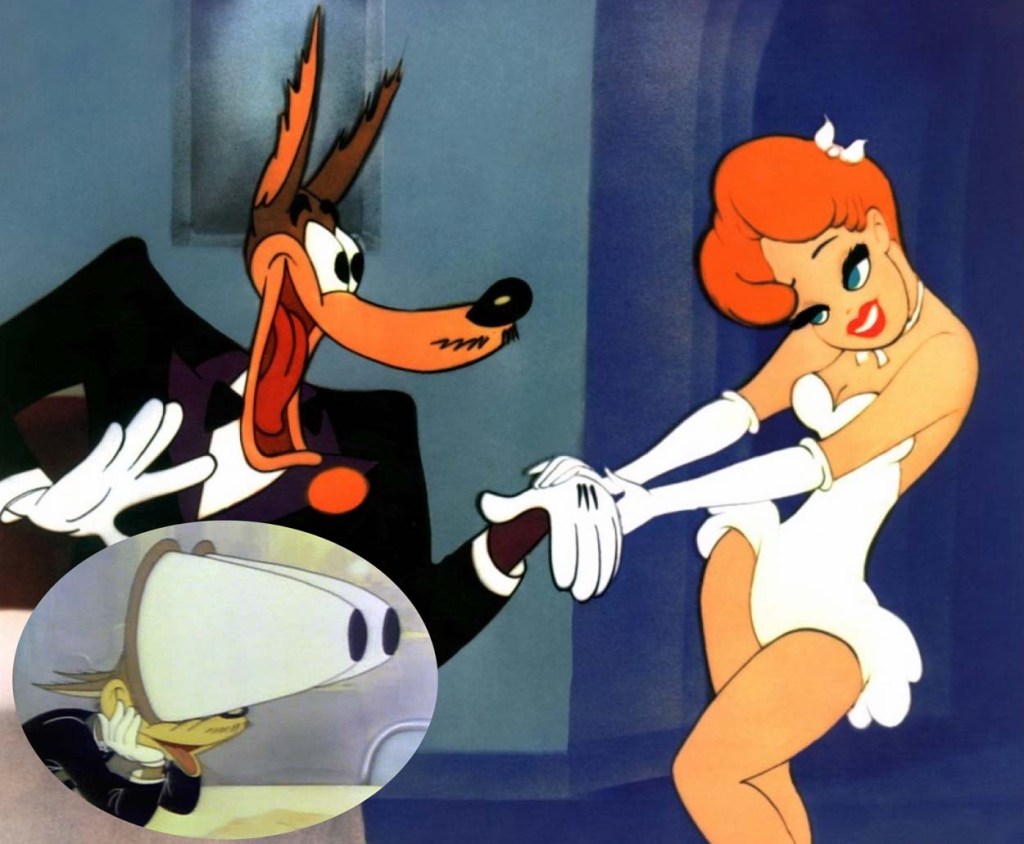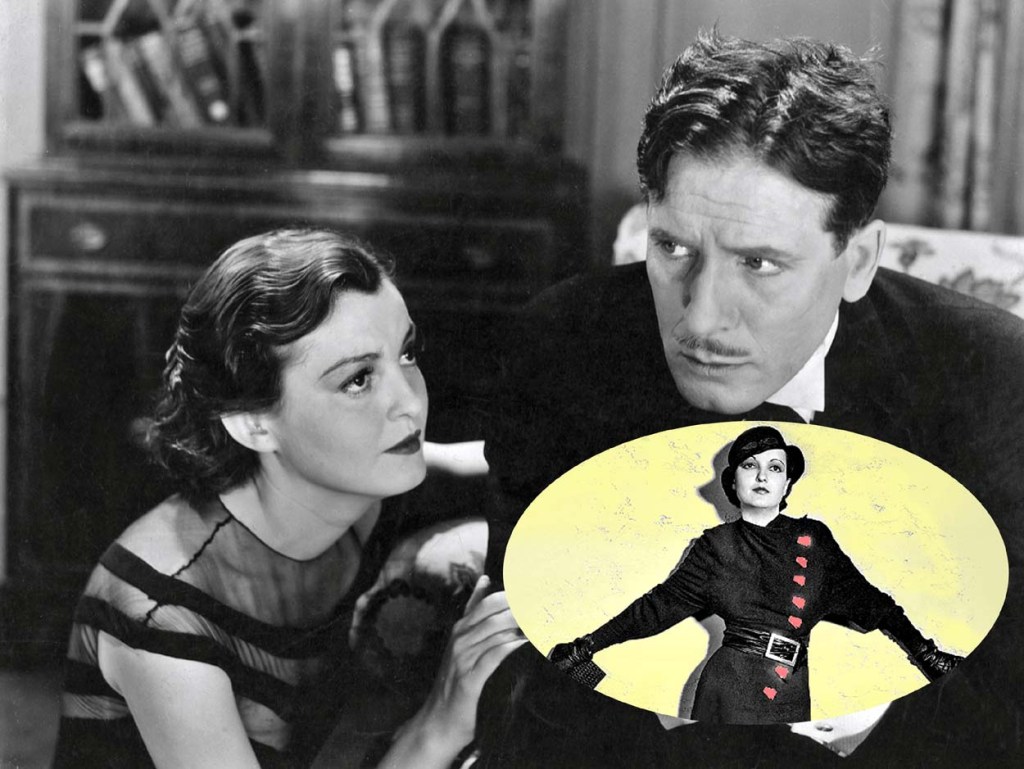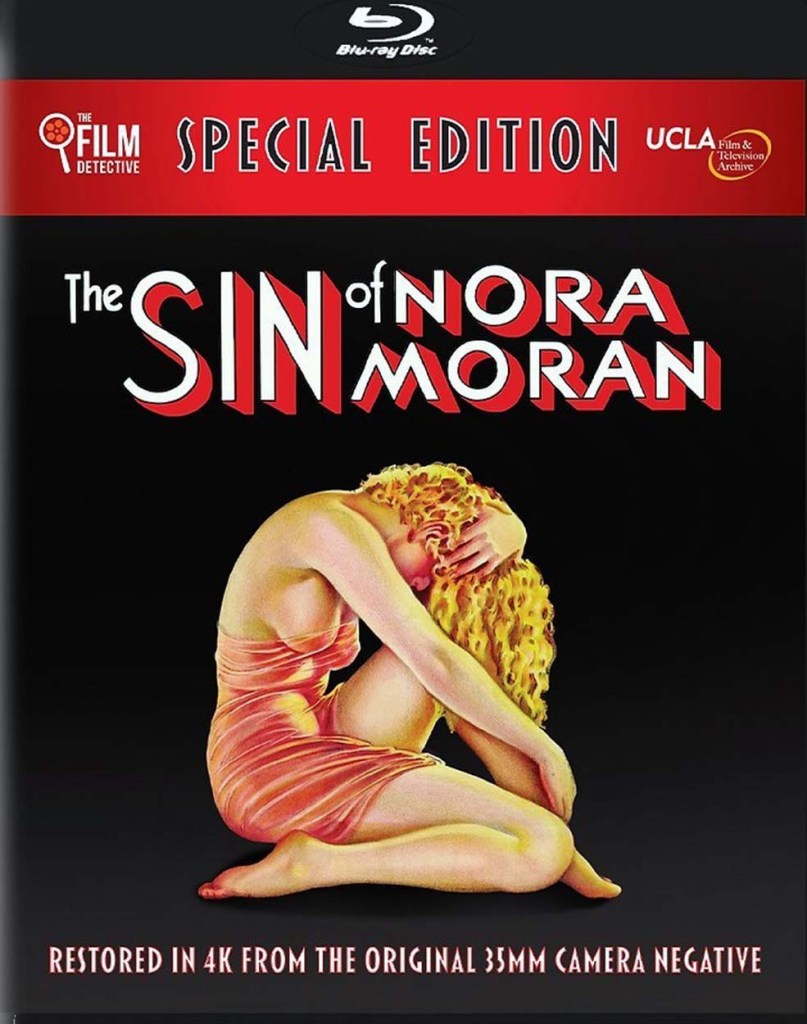
A plot devised by top D.C. leaders for armed homegrown insurrectionists take over Washington to reverse a presidency? Preposterous! Or is it? No, I’m not talking about an event from early 2021, I’m citing the narrative from the (even more now) spine-tingling political thriller SEVEN DAYS IN MAY, available on Blu-Ray from The Warner Archive Collection. Oh, yeah, this pic was made in 1964!
The movie, based on a bestselling novel by Fletcher Knebel and Charles W. Bailey II, was early on bought for the movies by Kirk Douglas’s company, Joel Productions, Inc. He definitely saw the possibilities and only one director in his mind could do it justice: John Frankenheimer. Not surprising, since Frankenheimer had a mammoth critical and financial hit in 1962 with The Manchurian Candidate (also frighteningly realistic, and already pulled from release by 1964, due its subject matter of a planned presidential assassination). Frankenheimer agreed to sign on and coproduced the flick with Douglas.
The scenario, as capsulized above, is lip-biting sinister. Right wing General James Mattoon Scott sees the liberal presidency of Jordan Lyman as not merely weak, but “criminally weak.” He secretly recruits top military brass from the Joint Chiefs, along with key politicos to remove the sitting president via a coup. He will assume the role of Commander-in-Chief and rule the new America as an armed-to-the-teeth fortress, ready to do whatever is necessary to protect the country from the Russians or any other enemy – including liberal peacenik progressives from within.
Naturally assuming that any military person of note would agree, clues of the upcoming takeover are cryptically dropped past Colonel Martin “Jiggs” Casey, another rightwing officer, who, nevertheless believes in the Constitution and, much to General Scott’s chagrin, will always play by the book.
Suspense builds mightily in the flick’s time bomb pacing that incorporates murder, double-dealing, sexual politics (natch) and the ever-present sword of Damocles threat of nuclear retaliation. Long story short, this movie’s a humdinger!
Much of SEVEN DAYS‘ tense moments occurred off-screen as well. Originally, Douglas opted for the Scott role, with the “Jiggs” part was slated for Kirk’s occasional costar Burt Lancaster. This posed a problem, as Frankenheimer was on the outs with the 1960 Best Actor Oscar winner (Elmer Gantry). That same year, Lancaster had pegged Frankenheimer to direct his modern noir The Young Savages (released in 1961). It proved a modest success, and the two seemed to get along – enough so that the star hired the director to helm the upcoming and more elaborate Bird Man of Alcatraz. That shoot was a nightmare, with Burt often calling the shots in direct opposition to Frankenheimer (often resulting in physical altercations), who vowed he would never work with the actor again. Douglas soothed the wound, but only after the three agreed that Kirk and Burt should switch roles. During the filming, Lancaster (now merely an actor for hire) and Frankenheimer bonded again, and began plotting a reunion with The Train (1965, one of their best). But it was touch and go at first.
Kirk, who learned with Spartacus, to only hire the best, kept that mantra. The supporting cast of SEVEN DAYS IN MAY is extraordinary, and includes Fredric March, Ava Gardner, Edmond O’Brien (Oscar-nominated), Martin Balsam, John Houseman, Andrew Duggan, Whit Bissell, Helen Kleeb, George Macready, Richard Anderson, Malcolm Atterbury, Jack Mullaney, Ron Rich, Rodolfo Hoyos, Jr., silent screen star Stuart Holmes, and Kent McCord. The behind-the-camera talent, too, was exemplary. No less than Rod Serling was hired to write the screenplay (a brilliant one), Jerry Goldsmith to compose the music score and Ellsworth Fredericks, a celebrated television d.p., to lens the TV news-look of the black-and-white imagery (he had also shot the big screen classics Invasion of the Body Snatchers, Friendly Persuation, and Sayonara). And it all comes off swell in this new 1080p High Definition widescreen transfer. As an enticing extra, there’s Frankenheimer himself offering vintage audio commentary.
Some of the dialog is so eerily 2020-2021 that it requires repeating. When Ava Gardner’s character (Eleanor Holbrook) corrals “Jiggs” at a typical D.C. gathering, she memorably coos “I’ll make you two promises: a very good steak, medium rare, and the truth, which is very rare! (some things never change!) Perhaps the most famous exchange is between Scott and Casey, when the latter refuses to participate in the insurrection. The General, seething, asks the Colonel if he knows who Judas was. Kirk’s reply is delivered with scalpel precision, “Yes, I know who Judas was. He was a man I worked for and admired until he disgraced the four stars on his uniform.”
I vividly recall when this movie came out, not long after the Kennedy assassination. My mom was a political junkie anyway, and involved in local politics. Already knowing my penchant for horror movies (I was ten then), she taunted me by dangling SEVEN DAYS over my head as being one of the scariest movies ever made. Of course, my interest was piqued. I was already aware of the title, as the book had long been in my parents’ library (and a kid doesn’t forget a name like “Fletcher Knebel” boldly printed on the spine of a shelved volume).
One mystery that haunts me to this day is the movie’s labyrinthine distribution. SEVEN DAYS was originally a Paramount Picture, and remained so at least through the 1980s (even the laserdisc was from Paramount Home Entertainment). I’ve often wondered how it ended up as a Warner Bros. title (although I suspect it has to do with Seven Arts’ involvement). Stuff like that intrigues me. Not that it matters; as indicated, transfer-wise, they did a great job on this recent Blu-Ray. What does bother me is false crediting. I never abide when one studio acquires another’s property, and then removes all the former’s logos and, worse (as is often the case with rival Universal) replaces them with their own (the otherwise marvelous restoration of One-Eyed Jacks, another Paramount title, is a perfect example). I mean, fair’s fair, guys. While they didn’t replace the Paramount mountain with the Warner shield (no logos at all), I do hope that they subsequently restore the correct I.D. (they could precede it with the Warners emblem, followed by ten seconds of black, or something along those lines; ditto, the tail end). Again, that’s my peeve. But don’t let that stop you from experiencing this nail-biter. Especially now.
SEVEN DAYS IN MAY. Black and white. Widescreen [1.78:1; 1080p High Definition]; 2.0 DTS-HD MA. The Warner Archive Collection/ Warner Bros. Home Entertainment. CAT # 1000642629. SRP: $21.99.
Available from the Warner Archive Collection: http://www.wbshop.com/warnerarchive or online retailers where DVDs and Blu-rays® are sold.

